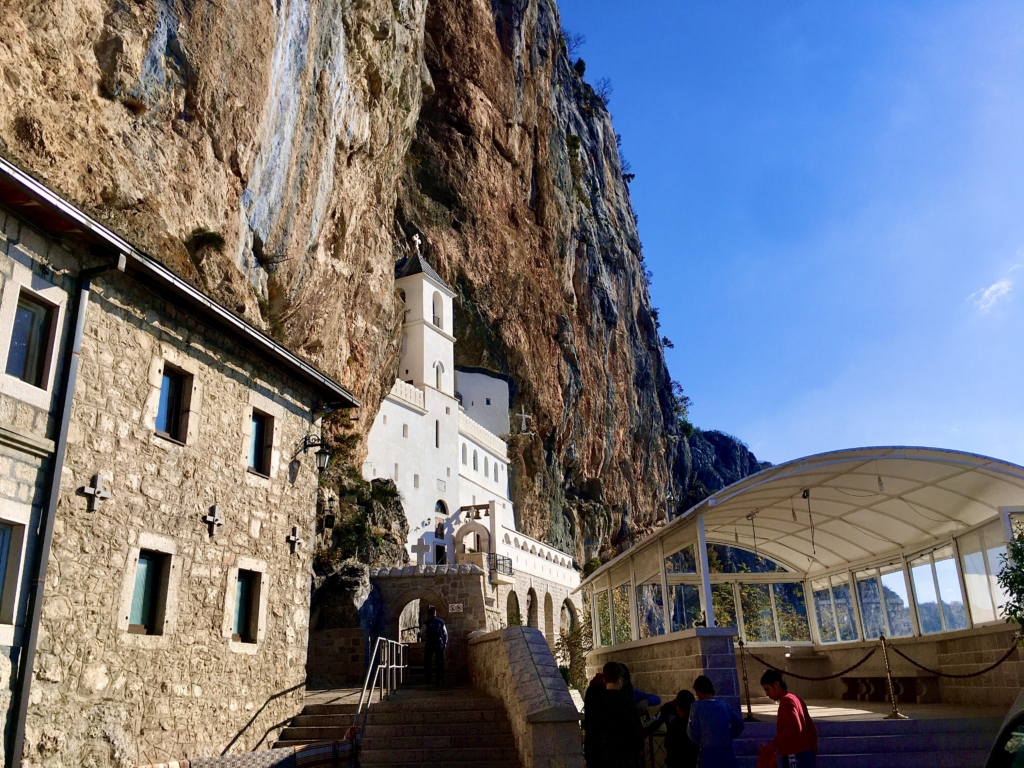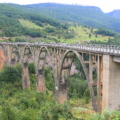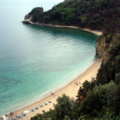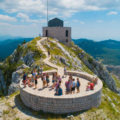Introduction
Montenegro and Bosnia are two beautiful countries located in the Balkans, each with its own unique charm and attractions. We will try and be as unbiased as we can be. Montenegro boasts breathtaking natural scenery, including majestic mountains and sparkling beaches, while Bosnia is renowned for its rich cultural heritage and historical landmarks. Both destinations offer a wealth of activities, attractions, and culinary experiences for visitors to enjoy.
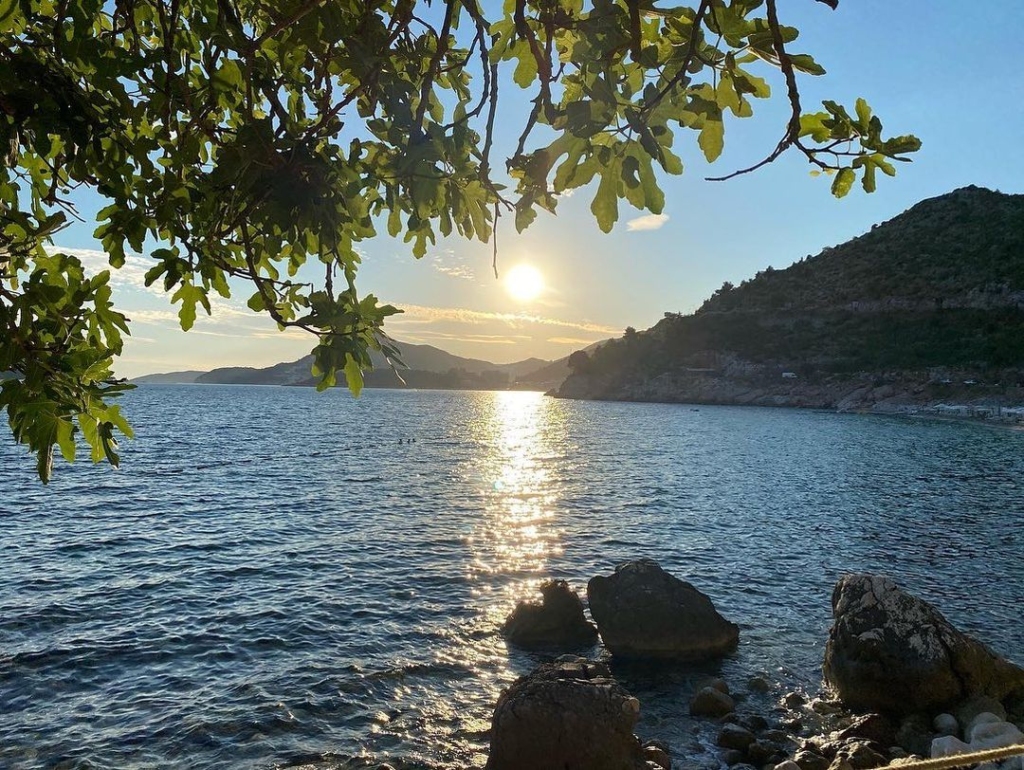
In this article, we will compare Montenegro and Bosnia as tourist destinations to help readers decide which one may be best suited for their travel interests and preferences. We will explore the geography and climate, culture and history, activities and attractions, food and drink, as well as accommodation and transportation options in both countries. By the end of this article, readers will have a better understanding of the key differences between Montenegro and Bosnia and be able to make an informed decision about which country to visit for their next adventure.
Geography and Climate
Montenegro and Bosnia are both located in the Balkan Peninsula, but they have distinct geographical features that make each country unique.
Montenegro’s geography is characterized by rugged mountains, pristine beaches, and picturesque coastlines. The country is home to the Durmitor National Park, which boasts stunning glacial lakes, canyons, and hiking trails. Montenegro’s coastline is dotted with charming seaside towns, such as Kotor, Budva, and Herceg Novi, which offer breathtaking views of the Adriatic Sea. Montenegro’s weather is typically Mediterranean, with hot, dry summers and mild winters.
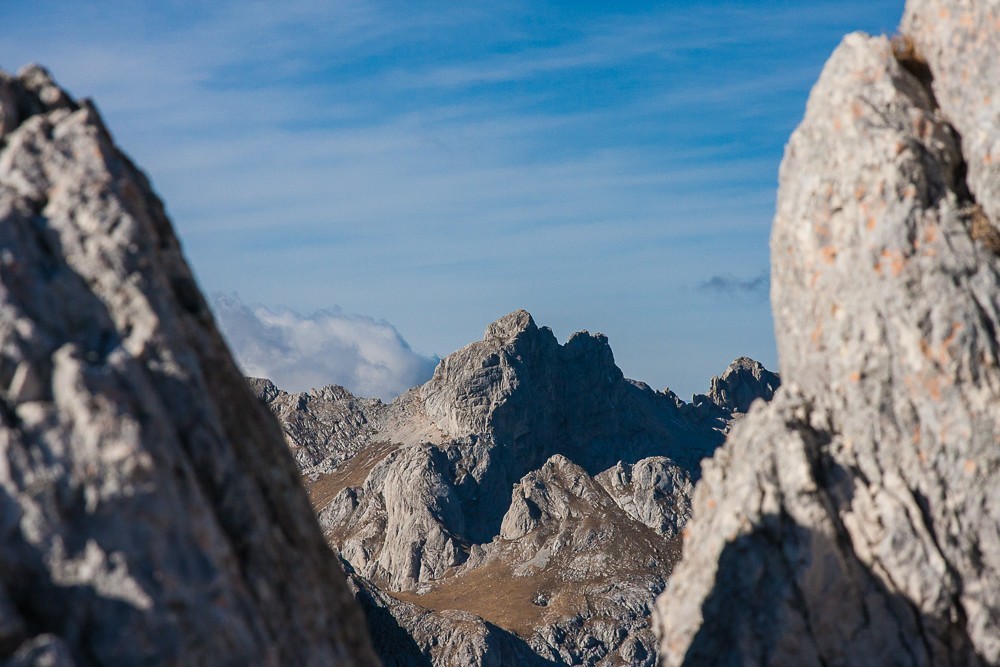
Bosnia’s geography is dominated by mountains, forests, and rivers. The country’s topography is ideal for outdoor activities such as hiking, skiing, and rafting. Bosnia is also home to historic towns such as Mostar and Sarajevo, which offer a glimpse into the country’s rich cultural heritage. Bosnia’s weather is continental, with hot summers and cold winters, and rainfall throughout the year.
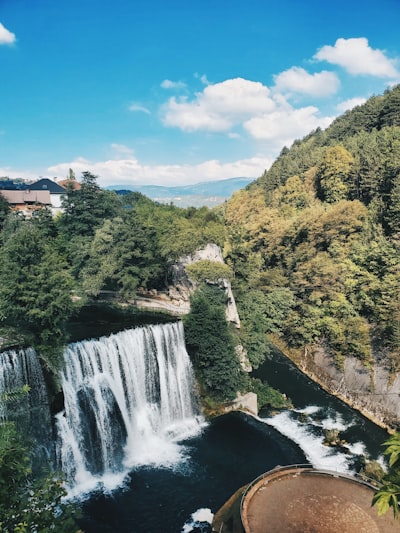
When comparing the climates of Montenegro and Bosnia, it’s important to note that Montenegro has a milder climate due to its proximity to the Adriatic Sea, which helps to moderate temperatures. Bosnia, on the other hand, has a more extreme climate, with colder winters and hotter summers. The average temperature in Montenegro ranges from 8°C in January to 27°C in July, while in Bosnia, it ranges from -1°C in January to 21°C in July. Both countries experience rainfall throughout the year, but Montenegro tends to be drier than Bosnia, particularly along the coast.
In summary, Montenegro’s geography is characterized by stunning coastline and rugged mountains, while Bosnia’s landscape is dominated by mountains, forests, and rivers. Both countries offer a variety of outdoor activities and attractions for visitors. When it comes to climate, Montenegro has a milder Mediterranean climate, while Bosnia has a more continental climate with colder winters and hotter summers.
Culture and History
Montenegro and Bosnia have a rich cultural and historical heritage, with unique traditions and influences that have shaped their identity.
Montenegro’s cultural and historical heritage can be traced back to ancient times, with evidence of Illyrian, Greek, and Roman influences. The country’s architecture reflects its history, with Venetian and Ottoman styles blending seamlessly with more modern designs. The old town of Kotor, a UNESCO World Heritage site, is a prime example of Montenegrin architecture and offers visitors a glimpse into the country’s history. Montenegro is also known for its museums, such as the Maritime Museum in Kotor, which showcases the country’s seafaring past. The Montenegrin culture is a unique blend of Slavic, Mediterranean, and Balkan influences, reflected in its music, dance, and traditional costumes.
Bosnia’s cultural and historical heritage is equally fascinating, with influences from the Ottoman Empire, Austria-Hungary, and Yugoslavia. The country’s architecture reflects this rich history, with Ottoman-style mosques and Austro-Hungarian buildings coexisting side by side. The old town of Mostar, famous for its iconic bridge, is a prime example of Bosnian architecture and offers visitors a glimpse into the country’s multicultural past. Bosnia is also known for its religious landmarks, such as the Stari Most bridge and the Gazi Husrev-beg Mosque in Sarajevo. The Bosnian culture is a unique blend of Slavic, Ottoman, and Austro-Hungarian influences, reflected in its music, dance, and cuisine.
When comparing the two countries’ cultural and historical heritage, it’s clear that both Montenegro and Bosnia have a rich history and unique traditions that are worth exploring. Montenegro’s cultural influences are more Mediterranean, while Bosnia’s are more Ottoman and Austro-Hungarian. Both countries offer a variety of cultural attractions, from museums and historic sites to traditional music and dance performances.
Activities and Attractions
Montenegro and Bosnia offer a wide range of activities and attractions for visitors to enjoy, from outdoor adventures to cultural experiences.
Montenegro’s natural beauty provides visitors with ample opportunities for hiking, swimming, and exploring. The Durmitor National Park is a popular destination for hikers, with numerous trails offering stunning views of the surrounding mountains and lakes. The country’s coastline is also a popular destination, with beaches such as Jaz and Mogren attracting visitors from around the world. Montenegro is also home to numerous historic sites, such as the Old Town of Kotor and the Ostrog Monastery.
Bosnia’s natural beauty is equally impressive, with opportunities for skiing, hiking, and rafting. The country’s medieval towns, such as Mostar and Travnik, offer visitors a glimpse into its rich cultural heritage, with Ottoman-style architecture and historic landmarks. Bosnia is also home to numerous religious landmarks, such as the Stari Most bridge in Mostar and the Gazi Husrev-beg Mosque in Sarajevo.
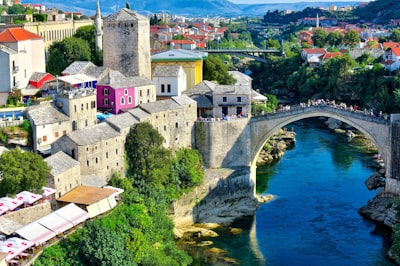
When comparing the two countries’ offerings for adventure seekers, history buffs, and cultural enthusiasts, it’s clear that both Montenegro and Bosnia have a lot to offer. Montenegro’s natural beauty provides ample opportunities for outdoor adventures, while its historic sites offer a glimpse into its rich past. Bosnia’s medieval towns and religious landmarks offer a unique cultural experience, while its natural beauty provides opportunities for skiing, hiking, and rafting.
Food and Drink
Montenegro and Bosnia are both known for their delicious cuisine, which reflects the countries’ unique culinary traditions and influences.
Montenegro’s cuisine is a blend of Mediterranean and Balkan flavors, with an emphasis on fresh seafood, grilled meats, and hearty stews. Local specialties include priganice (deep-fried dough), skakavica (grilled sea bass), and cicvara (a type of polenta). Montenegro is also known for its excellent wine and rakija (fruit brandy).

Bosnia’s cuisine is a blend of Ottoman and Slavic influences, with an emphasis on grilled meats, stews, and savory pastries. Local specialties include cevapi (grilled meat served with flatbread and onions), burek (a savory pastry filled with meat, cheese, or vegetables), and dolma (stuffed vegetables). Bosnia is also known for its strong coffee and traditional rakija.
When comparing the two countries’ food scenes, both Montenegro and Bosnia have a variety of restaurants, cafes, and street food vendors that offer delicious local cuisine. In Montenegro, visitors can enjoy fresh seafood in coastal towns such as Kotor and Budva, while in Bosnia, cevapi is a must-try in cities such as Sarajevo and Mostar. Both countries also have a growing craft beer scene, with local breweries offering a variety of unique flavors.
In terms of quality, both Montenegro and Bosnia offer high-quality cuisine, with an emphasis on fresh, locally sourced ingredients. However, Bosnia’s cuisine is generally considered to be more budget-friendly, with a wider range of street food options available. Montenegro’s cuisine, on the other hand, tends to be more upscale, with a focus on high-end restaurants and fine dining experiences.
Accommodation and Transportation
Montenegro and Bosnia offer a variety of accommodation options and transportation services to make travelers’ experiences comfortable and convenient.
Accommodation options in Montenegro range from luxury hotels to budget-friendly hostels and vacation rentals. Visitors can choose to stay in traditional stone houses in coastal towns such as Kotor and Budva or opt for more modern hotels with stunning views of the Adriatic Sea. Vacation rentals are also a popular choice for families or groups of friends looking for more privacy and space.
Similarly, Bosnia offers a range of accommodation options, from luxury hotels to budget-friendly hostels and vacation rentals. Visitors can choose to stay in traditional Ottoman-style houses in cities such as Mostar or opt for more modern hotels in Sarajevo or Banja Luka. Vacation rentals are also a popular choice for travelers looking for more space and privacy. On review, it appears Bosnia accommodation is cheaper albeit Montenegro has more modern accommodation – including some great resorts like the Chedi Lustica Bay.
When it comes to transportation, both Montenegro and Bosnia offer public transportation services such as buses and trains, which connect major cities and tourist destinations. Taxis are also available, but visitors should be aware of potential scams or overcharging. Car rentals are another popular option for travelers who want to explore more off-the-beaten-path destinations or have more flexibility with their itinerary. Read our guide to car rental in Montenegro.
In terms of transportation quality and availability, Montenegro tends to have a more developed infrastructure, with better roads and more frequent public transportation services. Bosnia’s transportation infrastructure is improving but can still be challenging in some areas, particularly in more rural locations. However, both countries offer a range of transportation options that can suit different budgets and travel styles.
In summary, Montenegro and Bosnia offer a range of accommodation options and transportation services to make travelers’ experiences comfortable and convenient. Visitors can choose from a variety of hotels, hostels, and vacation rentals, depending on their preferences and budget. Both countries offer public transportation services, taxis, and car rentals for travelers who want to explore more independently. While Montenegro has a more developed transportation infrastructure, Bosnia’s transportation system is improving and can still be a convenient and affordable option for visitors.
Conclusion
In summary, Montenegro and Bosnia are both beautiful and unique destinations with their own distinct charm and attractions. Montenegro is known for its stunning coastline, rugged mountains, and Mediterranean cuisine, while Bosnia is known for its medieval towns, religious landmarks, and Ottoman-influenced cuisine.
For adventure seekers, Montenegro may be the better choice, with its opportunities for hiking, swimming, and exploring the great outdoors. History buffs and cultural enthusiasts may prefer Bosnia, with its rich history and unique cultural influences.
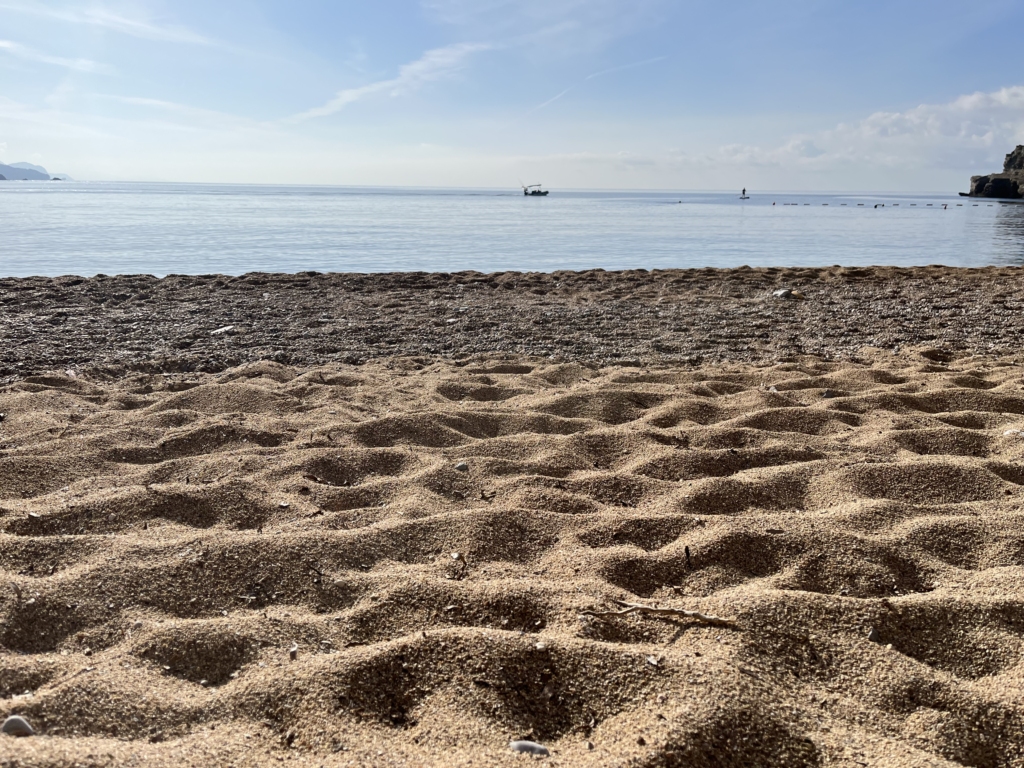
Ultimately, the choice between Montenegro and Bosnia will depend on individual travel preferences and interests. Those looking for a more upscale and refined experience may prefer Montenegro, while budget-conscious travelers may find Bosnia to be a more affordable option.
Regardless of which country travelers choose to visit, they can expect to be treated to delicious cuisine, breathtaking scenery, and a rich cultural heritage. Both Montenegro and Bosnia offer a unique and memorable travel experience that is sure to leave a lasting impression.
In conclusion, we recommend that travelers research and consider their individual travel preferences before deciding between Montenegro and Bosnia. Both countries offer a wealth of activities and attractions that are worth exploring, and visitors are sure to enjoy an unforgettable journey in either destination.

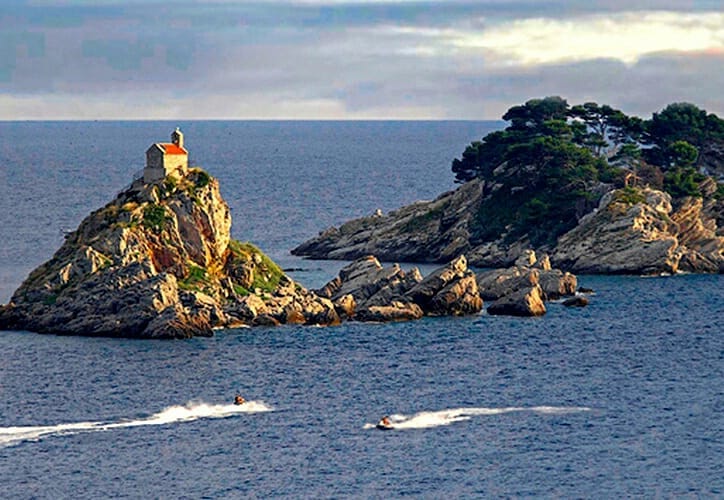

 Montenegrin Essentials
Montenegrin Essentials  – Planning a trip to Montenegro?
– Planning a trip to Montenegro?  These travel essentials will help you plan your journey
These travel essentials will help you plan your journey  to Montenegro with
to Montenegro with  through
through 
